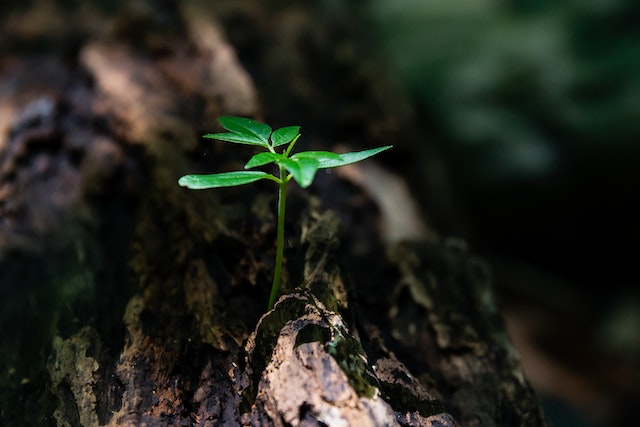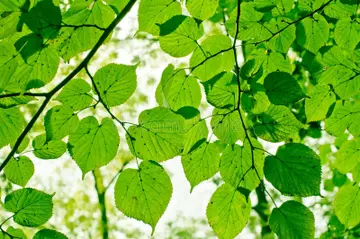Pollinators play a crucial role in our ecosystem, and designing a garden that attracts and supports them is not only beneficial for the environment but also a rewarding experience for gardeners. In this article, we will provide tips for designing a pollinator-friendly garden that will create a buzz in your community.
Understanding Pollinators
Before designing a pollinator-friendly garden, it is essential to understand the role of pollinators in our ecosystem. Pollinators, such as bees, butterflies, and hummingbirds, transfer pollen from one flower to another, allowing plants to produce fruits and seeds. Without pollinators, many of the foods we eat, such as fruits, vegetables, and nuts, would not exist.
Designing a Pollinator-Friendly Garden
1. Choose Native Plants
Native plants are adapted to the local climate and soil conditions, making them more resilient and attractive to pollinators. When selecting plants for your garden, choose a variety of native flowers, shrubs, and trees that bloom at different times of the year to provide a continuous source of nectar and pollen.
2. Provide Shelter
Pollinators need shelter to rest, hide from predators, and protect themselves from extreme weather conditions. Incorporate features such as birdhouses, bee hotels, and brush piles into your garden to provide shelter for pollinators.
3. Avoid Pesticides
Pesticides can be harmful to pollinators, and their use should be avoided in a pollinator-friendly garden. Instead, use natural pest control methods such as companion planting, handpicking pests, and using organic fertilizers.
4. Provide Water
Pollinators need water to drink and regulate their body temperature. Incorporate a water source such as a birdbath, shallow dish, or small pond into your garden to provide a source of water for pollinators.
5. Create a Variety of Habitats
Pollinators have different habitat requirements, and creating a variety of habitats in your garden will attract a diverse range of pollinators. Incorporate features such as meadows, hedgerows, and woodland areas into your garden to provide a variety of habitats for pollinators.
Conclusion
Designing a pollinator-friendly garden is a rewarding experience that benefits both the environment and gardeners. By choosing native plants, providing shelter, avoiding pesticides, providing water, and creating a variety of habitats, you can create a garden that attracts and supports pollinators. So, get ready to create a buzz in your community by designing a pollinator-friendly garden.








